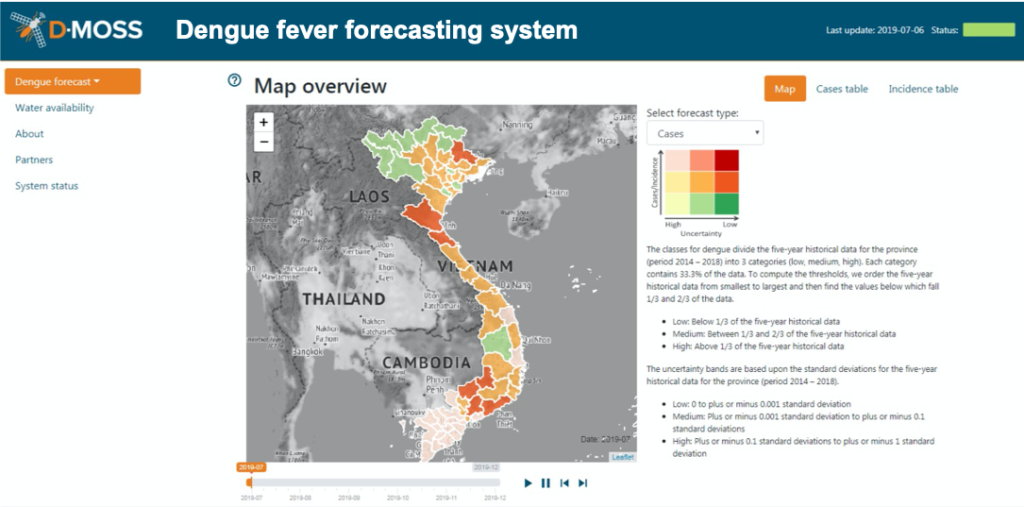Dengue MOdel Forecasting Satellite-based System (D-MOSS) (IPP funded)
www.hrwallingford.com
Overview
The Dengue MOdel forecasting Satellite-based System (D-MOSS) project is developing a dengue fever early warning system. The tool generates several months advance warning of likely dengue outbreaks. One of the key components is a water assessment module that provides the additional benefit of improving water management in transboundary river basins.

Solution benefits
- Probabilistic forecasts of dengue outbreaks issued every month, up to seven months in advance at a district level, covering an entire country.
- Seasonal forecasts (six months) of water availability, covering the whole of the country at a catchment scale.
- Graphical and tabular portrayal of forecasted number of dengue cases, disease incidence, transmission months, probability of exceeding outbreak thresholds and water availability indicators presented in both English and the local language.
- Supporting information on recommended actions to be taken, provided by the decision makers, such as the Ministry of Health and Ministry of Natural Resources and Environment, and based on the forecasts and associated uncertainty.
Key technical features
- Incorporation of a variety of Earth observation (EO) data products ranging from historical observations to the latest state-of-the-art missions.
- Hydro-meteorological and societal parameters are analysed in order to infer dengue fever outbreaks.
- Use of a common spatio-temporal analysis ‘grid’ with a ‘Polygon Series’ structure to integrate historical stressor datasets with each other and with historical dengue fever incidents. These are then input into a statistical model which provides forecasts based on future seasonal forecasts of these stressors.
- Accesses the UK Met Office seasonal forecasts (six-months lead time), a set of freely available optical and radar EO data from GPM (NASA/ JAXA), Sentinel and SMOS (ESA), SMAP, Aqua and Terra (NASA) such as rainfall, temperature, humidity, soil moisture, land use, population density. This is used to forecast dengue outbreaks and water availability.
- Solution architecture relying on open and non-proprietary software and on flexible deployment into platforms including cloud-based virtual storage and application processing.
- Web-based portrayal system and numerical model forecasting engine deployed on commercial cloud services which can be accessed via desktop/laptop devices with an internet connection.
- Open-source solutions are employed where possible together with widely known development languages and tools.
- Built in capability to replicate anywhere in the world and for a variety of other diseases.
Case studies
The D-MOSS dengue forecasting system is being implemented in Vietnam, supported by IPP. Considering the current trends in dengue epidemics, the D-MOSS dengue forecasting system will assist the Vietnamese Ministry of Health to put timely dengue control and prevention measures in place. The project will also estimate the likelihood and severity of future dengue outbreaks under a range of climate change, land-use and water management scenarios. This will allow the Vietnamese Ministry of Health to formulate appropriate interventions and policies. D-MOSS will soon be expanding into another six countries in the region (Cambodia, Laos, Malaysia, Philippines, Sri Lanka and Thailand).
Organisation overview
HR Wallingford with headquarters in Wallingford in the UK, is a not-for-profit, independent research organisation, formed in 1947. HR Wallingford specialises in research and consultancy which includes early warning systems, water resources and climate change adaptation. HR Wallingford works closely with government and non- governmental organisations worldwide to provide the evidence-based tools to support decision making related to water availability and climate change adaptation across a range of sectors.

